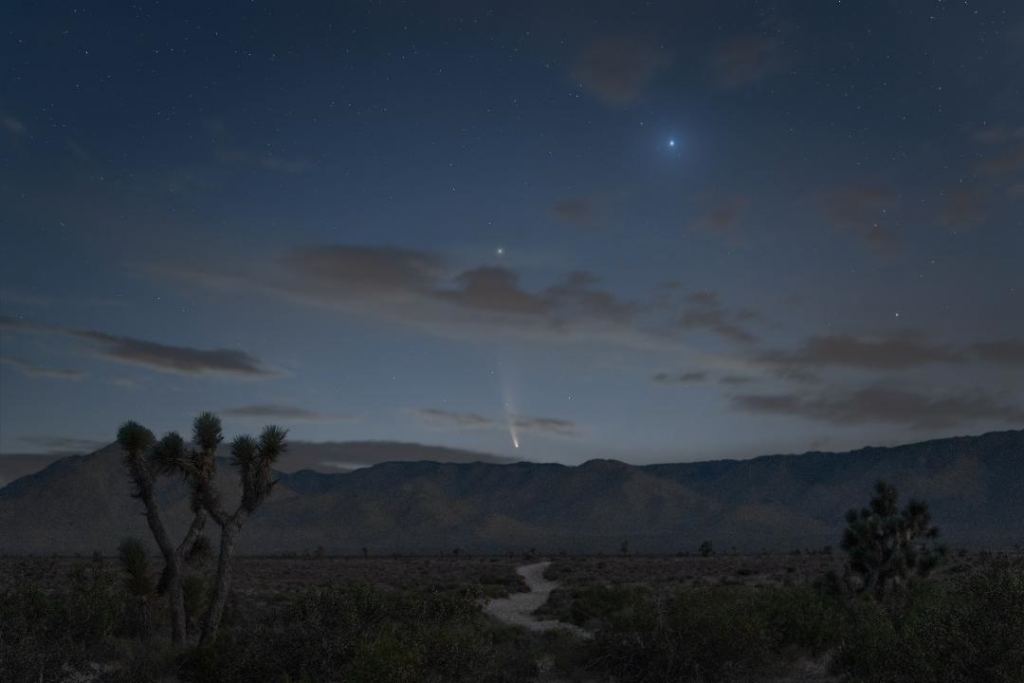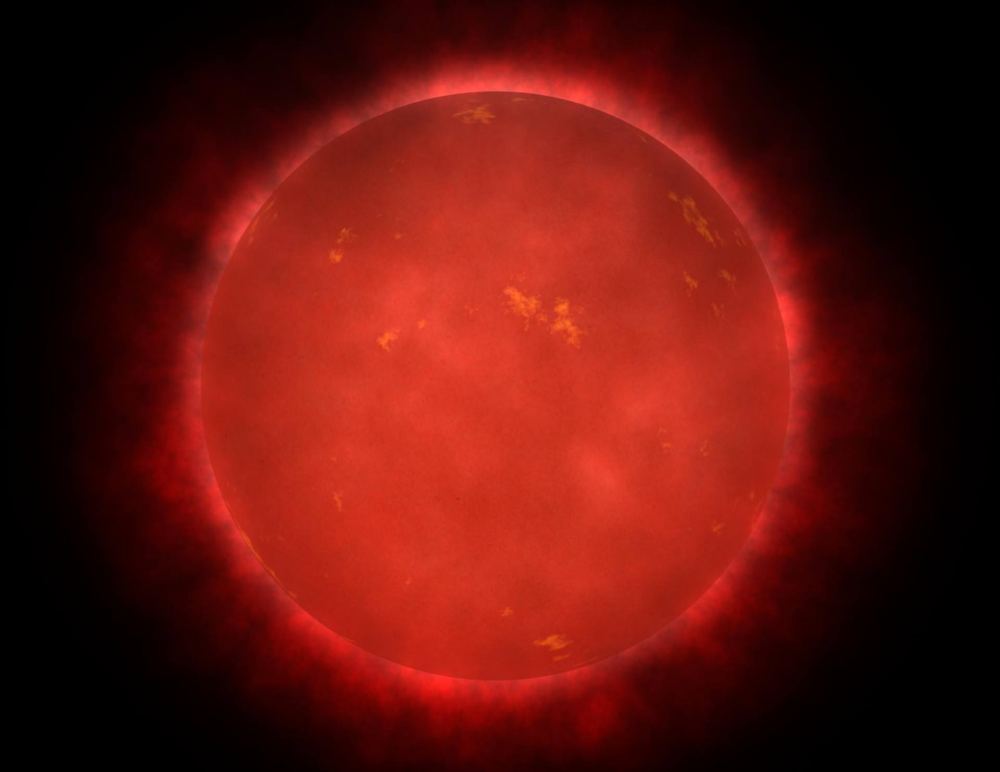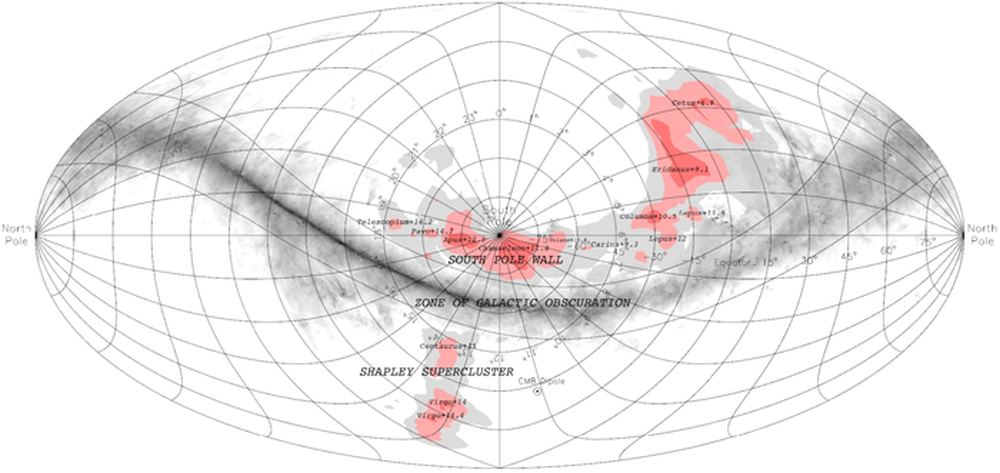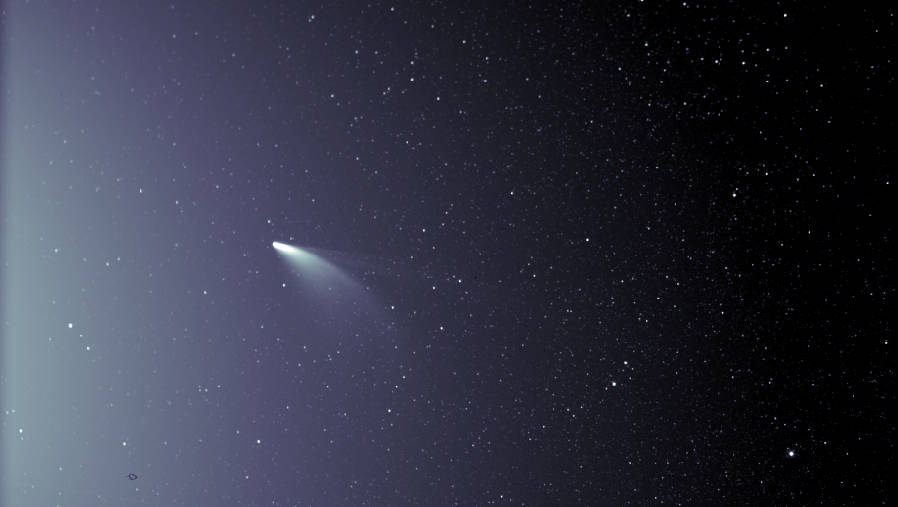In February of 2017, the scientific community rejoiced as NASA announced that a nearby star (TRAPPIST-1) had a system of no less than seven rocky planets! Since that time, astronomers have conducted all kinds of follow-up observations and studies in the hopes of learning more about these exoplanets. In particular, they have been attempting to learn if any of the planets located in the stars Habitable Zone (HZ) could actually be habitable.
Many of these studies have been concerned with whether or not the TRAPPIST-1 planets have sufficient water on their surfaces. But just as important is the question of whether or not any have viable atmospheres. In a recent study that provides an overview of all observations to date on TRAPPIST-1 planets, a team found that depending on the planet in question, they are likely to have good atmospheres, if any at all.
Read more









